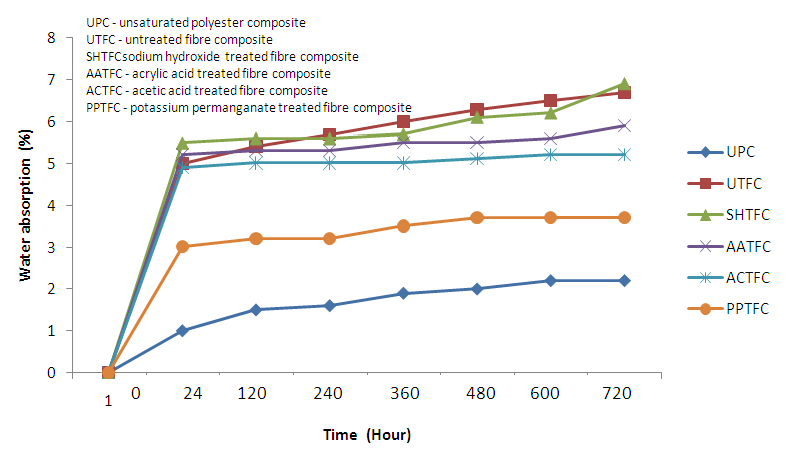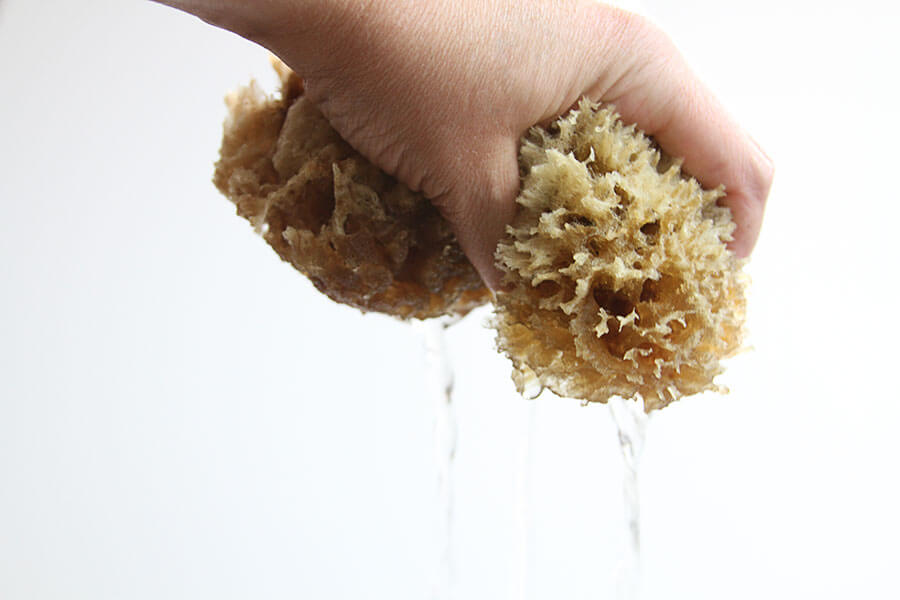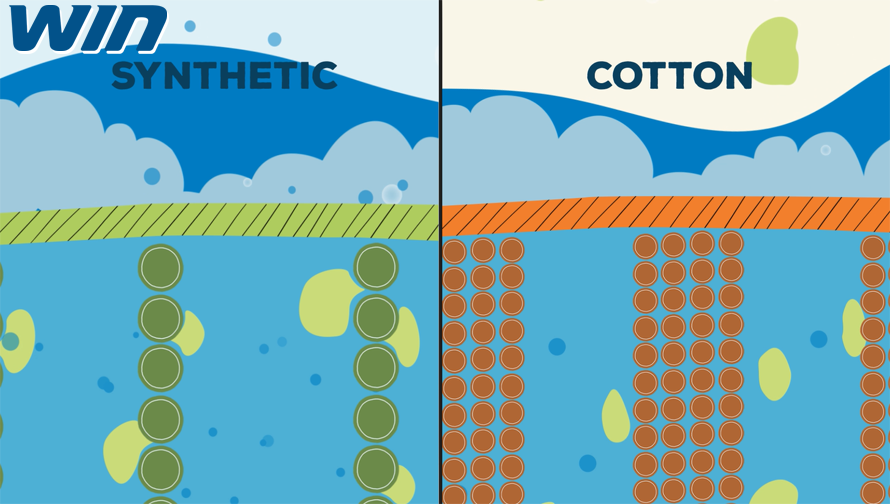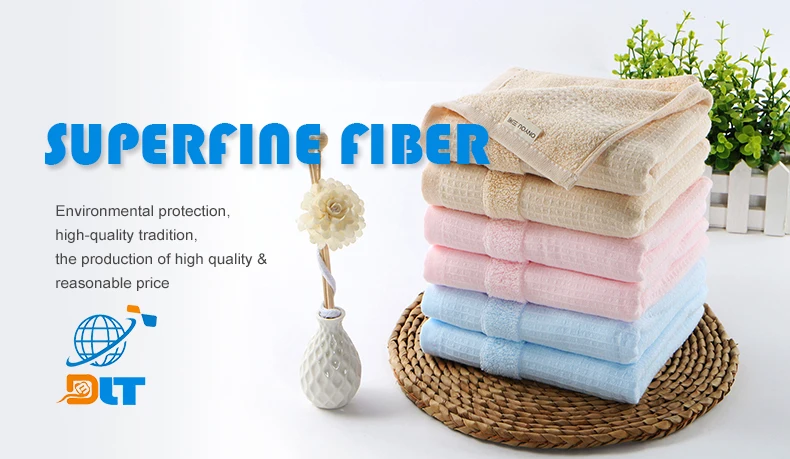
Occasionally, you may come across tents made with fabrics that are waterproof without the use of a coating. One last note before we get to the good stuff. CPAI-84 is a standard adopted by a few states that specifies requirements for fire-retardancy in recreational tent fabric. FR chemicals can only be combined with PU and PE coatings, not silicone. Ability to accept fire retardants : Fire retardant chemicals must be mixed in with the coating before it is applied to the fabric.Factors like mold growth and hydrolysis (breakdown of the coating) are more prone to affect some coatings more than others. Longevity : Coatings can have finite lifespans.Durability : Coatings affect the tear strength of the fabric to which they’re applied by enhancing or reducing the fabric’s elasticity.
 Waterproofness : While all three of the main coatings are waterproof initially, some coatings cannot achieve very high hydrostatic head ratings, and some can absorb water, or “wet out” when exposed to moisture for extended periods of time. We’ll go more in depth into Suter Testing in future articles.Ĭoatings have several attributes that must be taken into consideration when choosing a coating for a particular use case: These days, this test is usually done with a device called a Suter Tester, which uses a high-pressure pump to force water through the fabric instead of gravity, and then calculates the equivalent mm rating. A fabric is generally considered waterproof if its water column is around 1,000mm or more.Ī quick aside so we don’t anger the technically inclined and easily incensed: it’s unwieldy to test waterproof fabrics in this method, as you would need a really long tube (some coated fabrics can exceed 10,000mm, which translates to a 32 feet 9 3/4 inch tall water column). This is why the unit for waterproofness is millimeters (mm) and also why the waterproofness of a fabric is also referred to as a “ water column ”. The height of the water (in millimeters) in the tube just as the water begins to penetrate the fabric is called the hydrostatic head rating. The tube gets filled with water until it soaks through the fabric. A good way to visualize this is to picture a tall tube with a piece of fabric stretched across the bottom end. This is accomplished by measuring how tall a column of water is before the weight of the water exerts enough pressure to start pushing it through the fabric. This technique determines how much water pressure must be exerted on a fabric before it begins to pass through. Waterproofnessīefore we get into the really exciting stuff, a quick note about how the outdoor industry quantifies waterproofness: waterproofness is typically measured via a process called hydrostatic head (HH) testing. In this article, we’ll be taking a journey of discovery through the most common waterproof coatings used in tents: polyester urethane (PU), polyether urethane (PE), and silicone, and combinations thereof. The weight and composition of the fabric as well as the intended application are both important factors in coating choice. Different coatings have different properties that make them ideal for specific applications. After the fabric is dyed and finished, the fabric coater will apply one or more layers of coating (sometimes different coatings to each side of the fabric).
Waterproofness : While all three of the main coatings are waterproof initially, some coatings cannot achieve very high hydrostatic head ratings, and some can absorb water, or “wet out” when exposed to moisture for extended periods of time. We’ll go more in depth into Suter Testing in future articles.Ĭoatings have several attributes that must be taken into consideration when choosing a coating for a particular use case: These days, this test is usually done with a device called a Suter Tester, which uses a high-pressure pump to force water through the fabric instead of gravity, and then calculates the equivalent mm rating. A fabric is generally considered waterproof if its water column is around 1,000mm or more.Ī quick aside so we don’t anger the technically inclined and easily incensed: it’s unwieldy to test waterproof fabrics in this method, as you would need a really long tube (some coated fabrics can exceed 10,000mm, which translates to a 32 feet 9 3/4 inch tall water column). This is why the unit for waterproofness is millimeters (mm) and also why the waterproofness of a fabric is also referred to as a “ water column ”. The height of the water (in millimeters) in the tube just as the water begins to penetrate the fabric is called the hydrostatic head rating. The tube gets filled with water until it soaks through the fabric. A good way to visualize this is to picture a tall tube with a piece of fabric stretched across the bottom end. This is accomplished by measuring how tall a column of water is before the weight of the water exerts enough pressure to start pushing it through the fabric. This technique determines how much water pressure must be exerted on a fabric before it begins to pass through. Waterproofnessīefore we get into the really exciting stuff, a quick note about how the outdoor industry quantifies waterproofness: waterproofness is typically measured via a process called hydrostatic head (HH) testing. In this article, we’ll be taking a journey of discovery through the most common waterproof coatings used in tents: polyester urethane (PU), polyether urethane (PE), and silicone, and combinations thereof. The weight and composition of the fabric as well as the intended application are both important factors in coating choice. Different coatings have different properties that make them ideal for specific applications. After the fabric is dyed and finished, the fabric coater will apply one or more layers of coating (sometimes different coatings to each side of the fabric). 
The fabric finishing process begins with an undyed, uncoated fabric, called greige (pronounced GRAYGE). Coating involves the application of a liquid that adheres to the fabric and then is cured, leaving the fabric waterproof.


The most common way to produce a waterproof fabric is to apply a waterproof coating to an uncoated fabric. However, woven fabrics alone are not waterproof. Usually it’s nylon in higher-end tents and polyester in less expensive tents. The fly is almost always made of a woven fabric (learn more about wovens vs. In a traditional double-wall tent, there’s a waterproof outer layer called a fly or flysheet and a breathable inner tent body with waterproof floor and sidewalls. This is almost always accomplished by using waterproof fabrics. One of the most important functions of a tent is (obviously) to keep you dry.








 0 kommentar(er)
0 kommentar(er)
